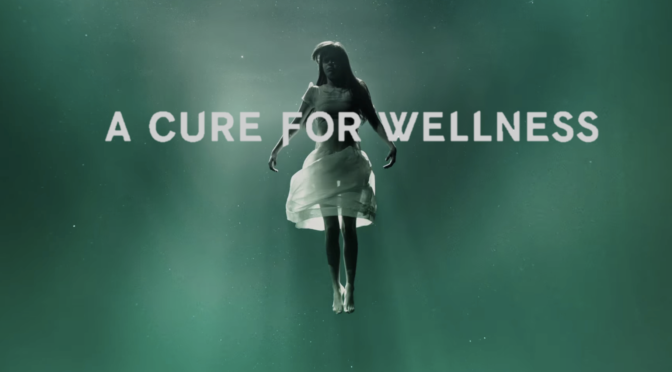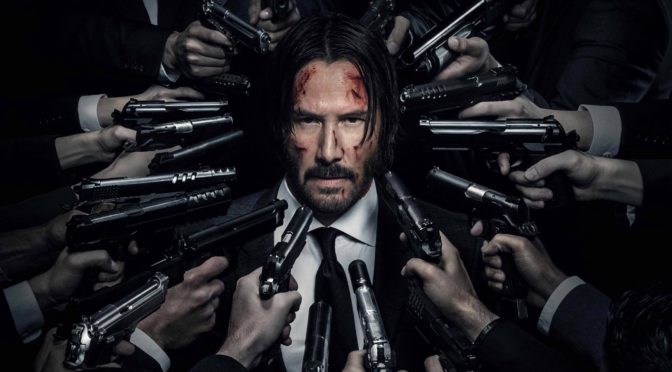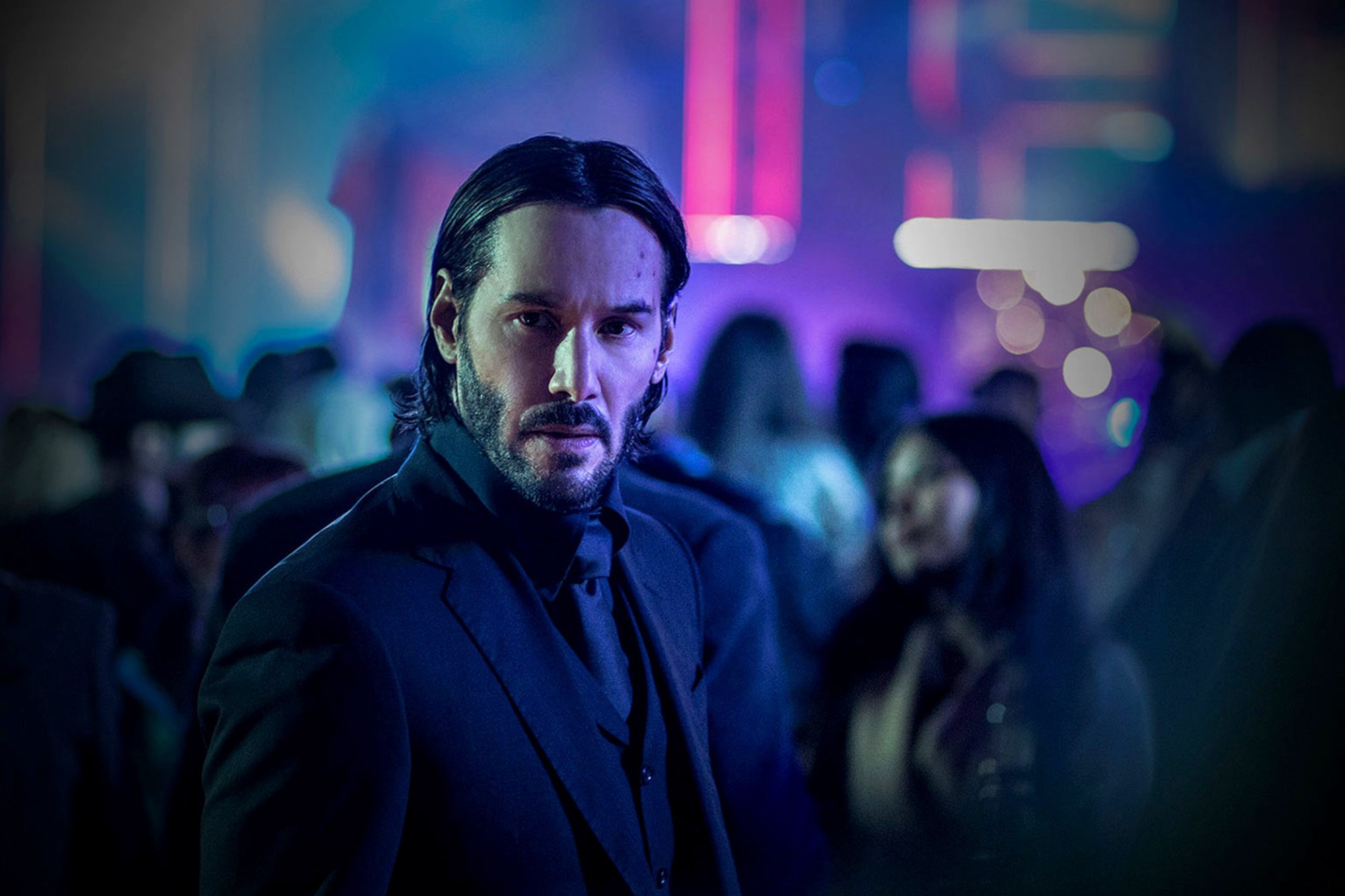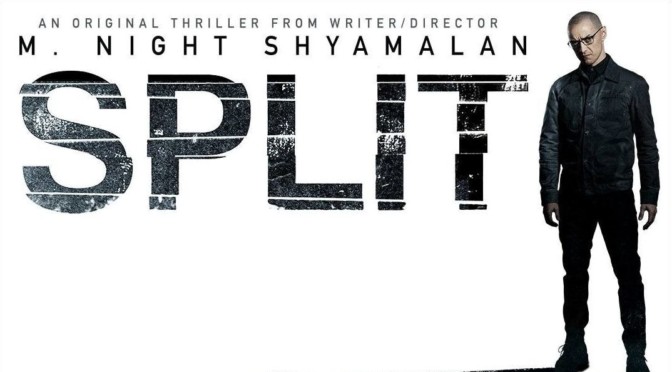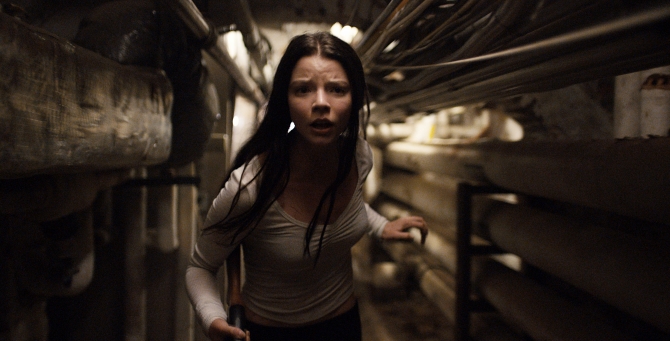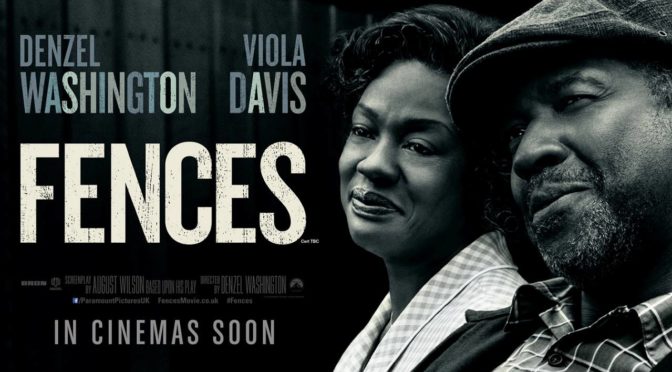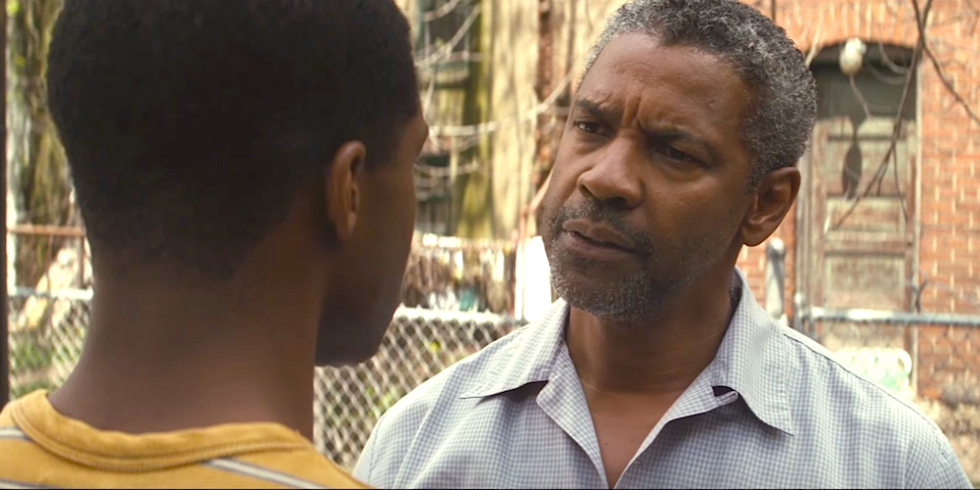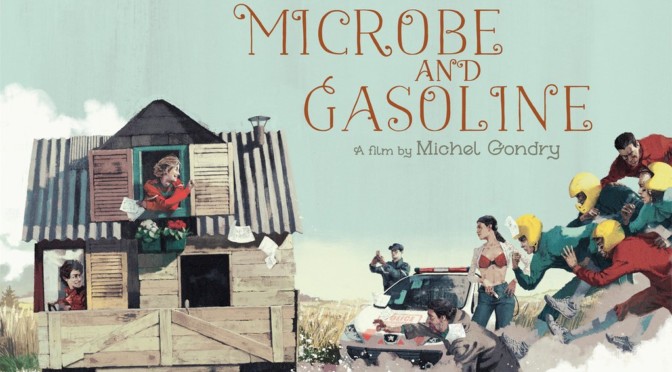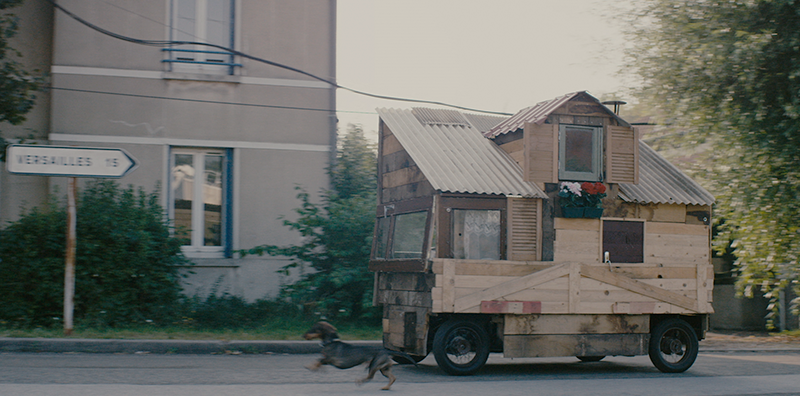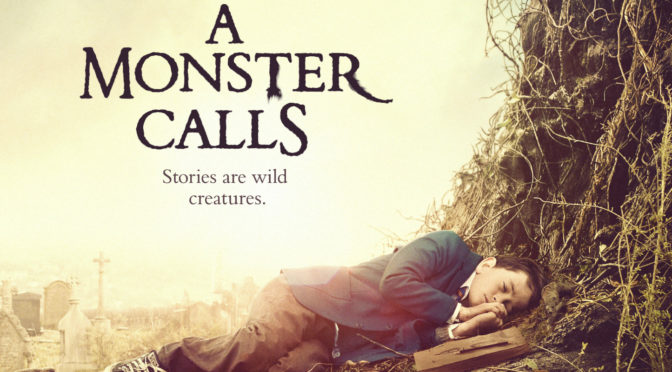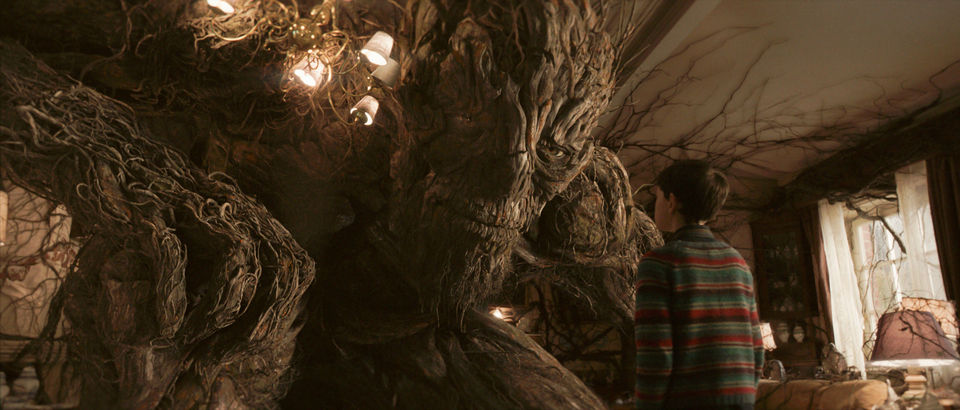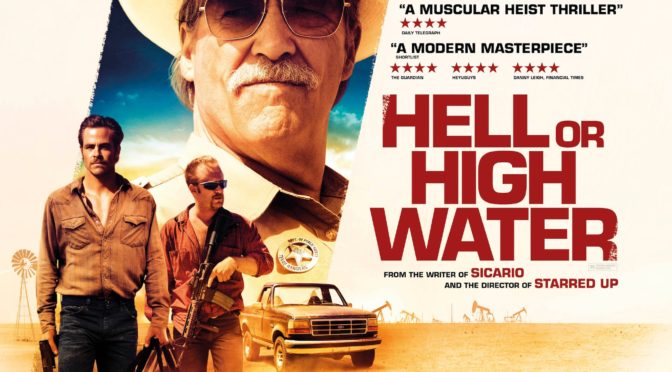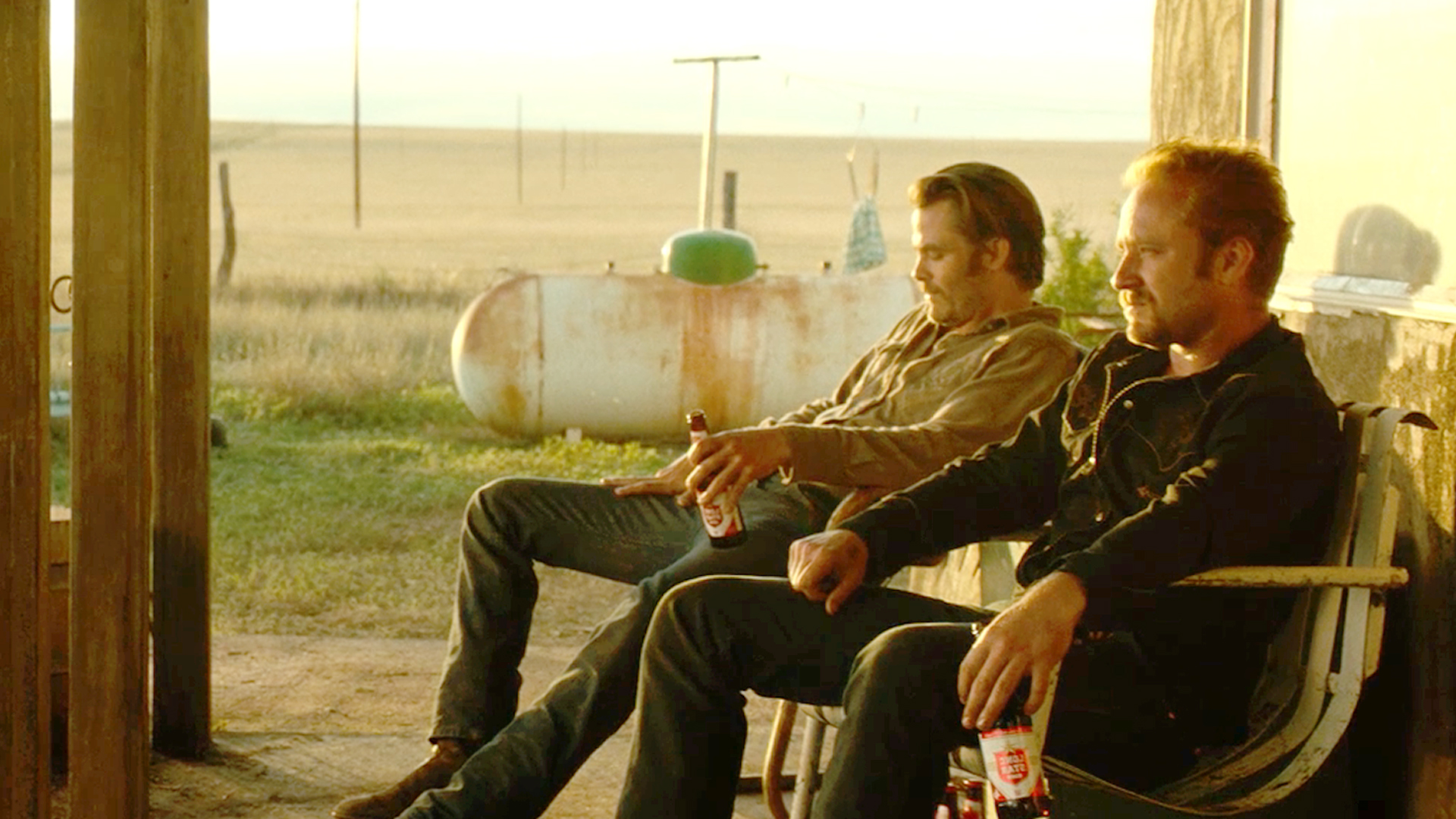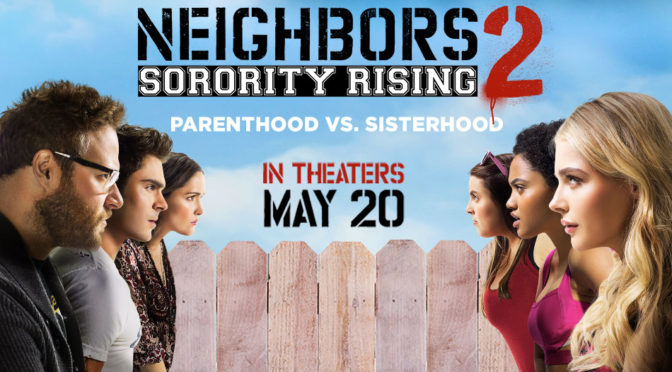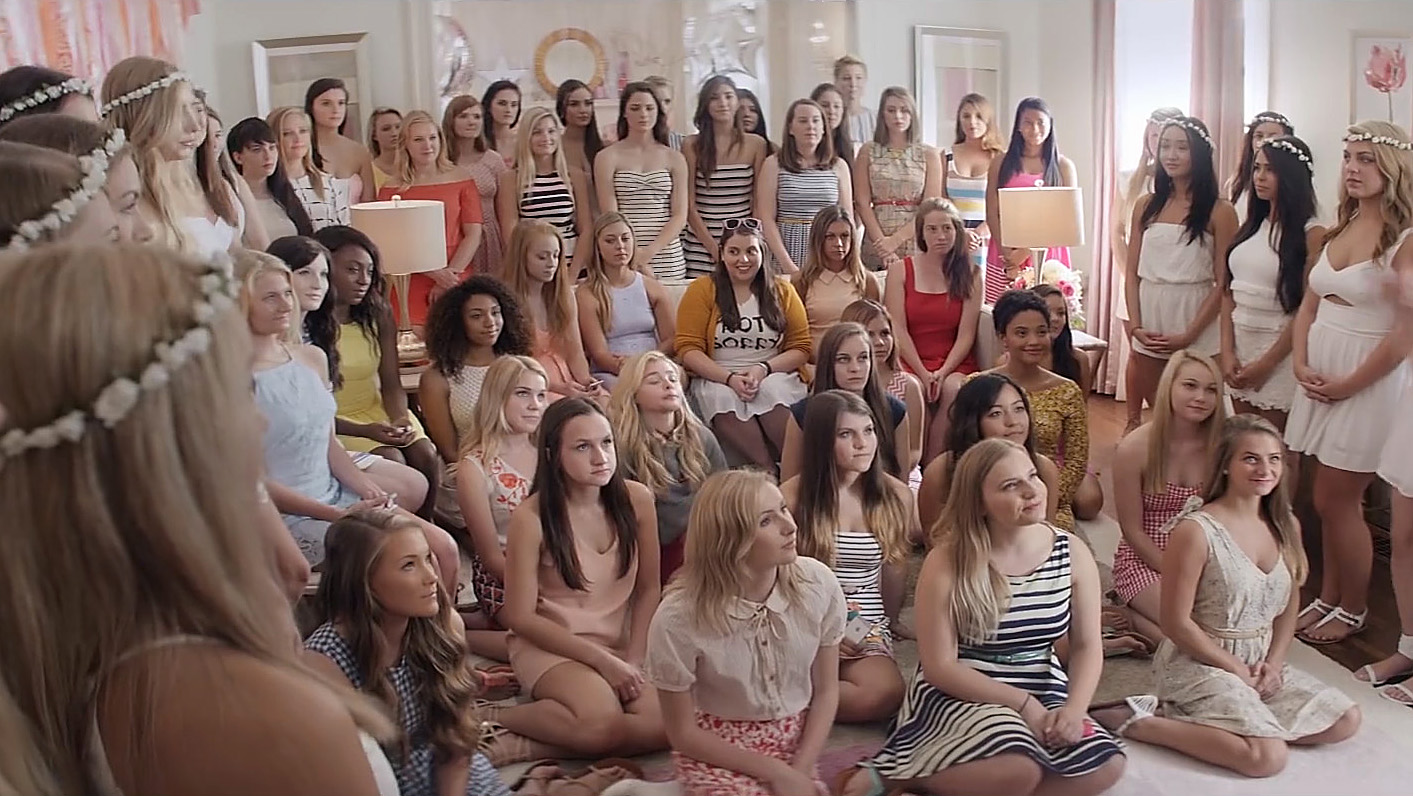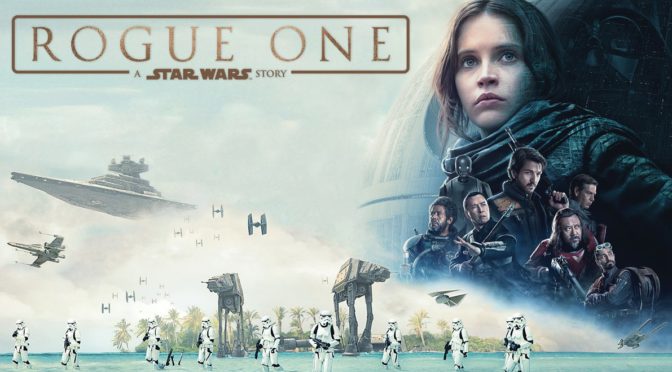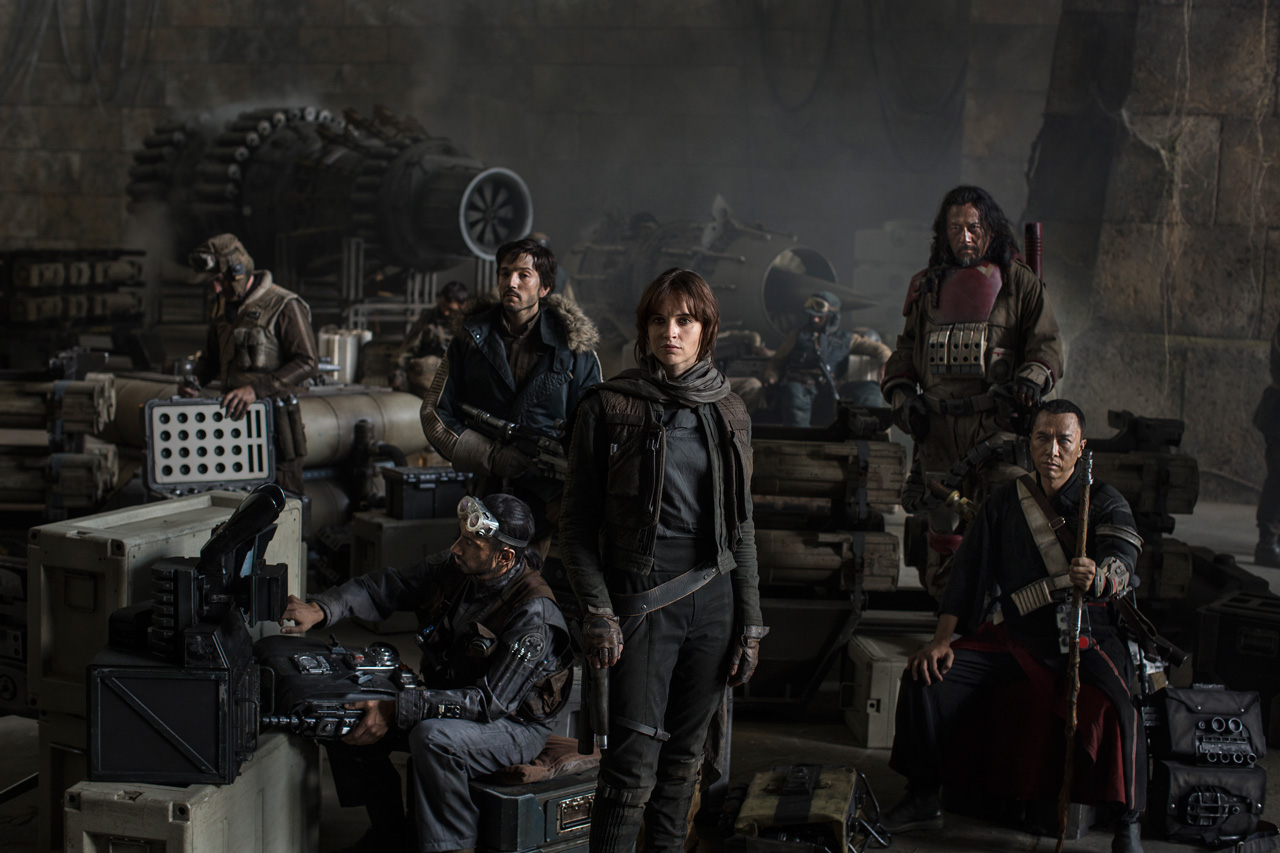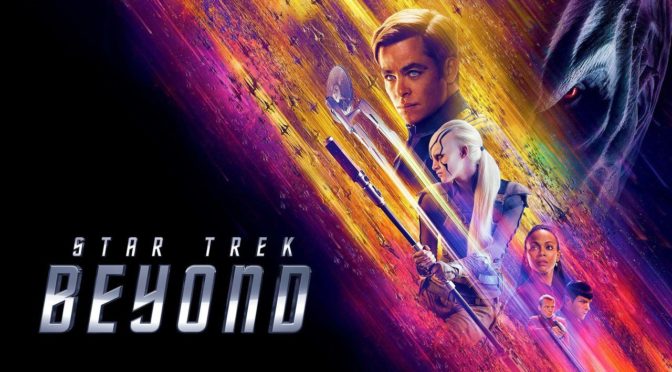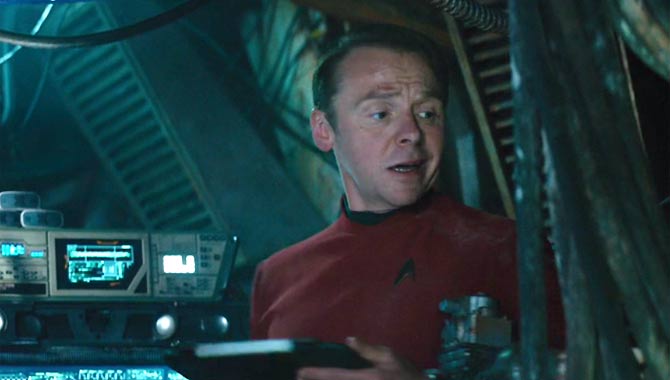After having spent the better part of the last fifteen years toiling away at mediocre to bad tentpole releases, Gore Verbinski (Pirates of the Caribbean) is back with something decidedly niche in its appeal. Dane DeHaan (Chronicle) plays Lockhart, a young, ruthlessly ambitious Wall Street executive tasked by his bosses to retrieve a member of their board who left to a “wellness center” in the Swiss Alps. Similar to Martin Scorsese’s Shutter Island, this is a health facility where something is amiss. As Lockhart first enters the area the movie seems to be headed towards similar territory. Yet, unlike that film, A Cure for Wellness isn’t built around a cheap twist. Lockhart’s first questions are “What do they cure here?” and “Why do people stay?”, but as the film progresses those thoughts fade away when more sinister intentions become apparent. Each wing of the center appears ominous and it’s unclear what lies behind the locked doors.
Like in the early films of George Lucas and Stephen Spielberg, Verbinski brings A-level talent and production to the trappings of a B-level story. The sets are immaculate and emphasize the excessively sterile interiors of the sanitarium. The glistening floors contrasted with the historical architecture hint at the danger within. Hallways are cavernous and the empty space only exacerbates the eeriness of the setting. The contraptions used by the physicians are deliberately retrograde, resembling early 20th century industrial equipment more than anything else. These are tools wrought from heavy iron, not the light stainless steel we are accustomed to in medicine. The weight communicates one thing: permanence. The facility appears to have changed little since its construction and anyone placed in these devices would have no chance of escaping from them, perhaps like the very center itself.
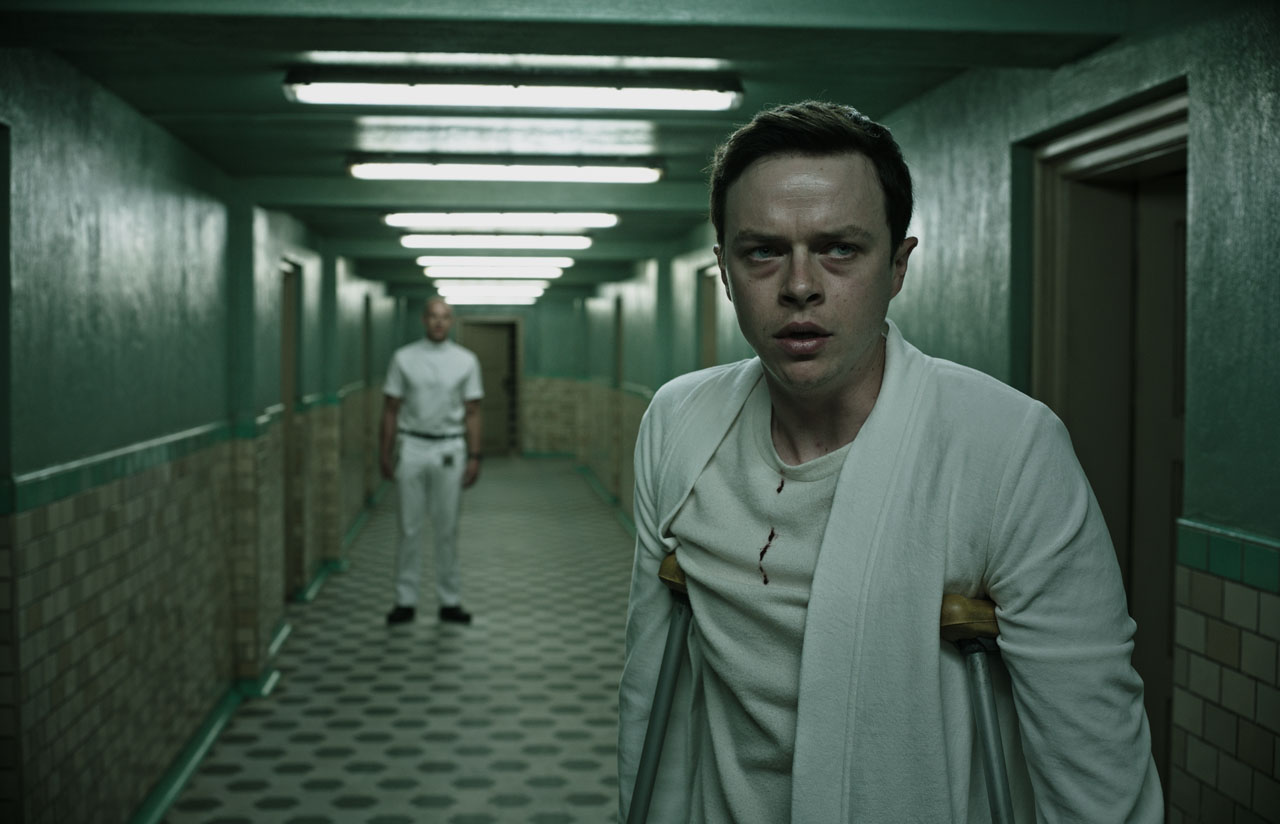
The cinematography brings the menacing atmosphere to life. Bojan Bezelli, who collaborated with Verbinski on previous films, uses his camera to communicate the mental fragility of the subjects. Scenes are refracted through drinking glasses or reflected in the eyes of trophy animals. Even the condensation around a cup of water feels unsettling. He favors unhealthy shades of green that dominate the design of the facility. His unique angles and sickly colors give the film a ghostly beauty.
All of this makes A Cure for Wellness a rarity in modern cinema. A larger budgeted movie and an experienced team behind the camera shooting a twisted film. It’s part shock value and part arthouse, but with no expense spared. The premise draws influence from horror classics like Georges Franju’s Eyes Without a Face and body-horror king David Cronenberg. Credit has to be given to screenwriter Justin Haythe for developing an original story that moves beyond its inspirations into unnerving territory. As the more perverted elements are revealed, some audience members will be repulsed, but the rest will be captivated. The enigma of the sanitarium grows into an intriguing allure: how deep does the depravity go? To answer that question would be a great injustice to the filmmakers, but suffice it to say that despite some of the reactions it is sure to elicit, the plot, while perhaps overlong, rarely becomes gratuitous. Any onscreen displays are only to support the central mystery. Verbinski and his team have elevated a schlock setup into something gorgeous, original, and satisfyingly deranged.

4/5 stars.
